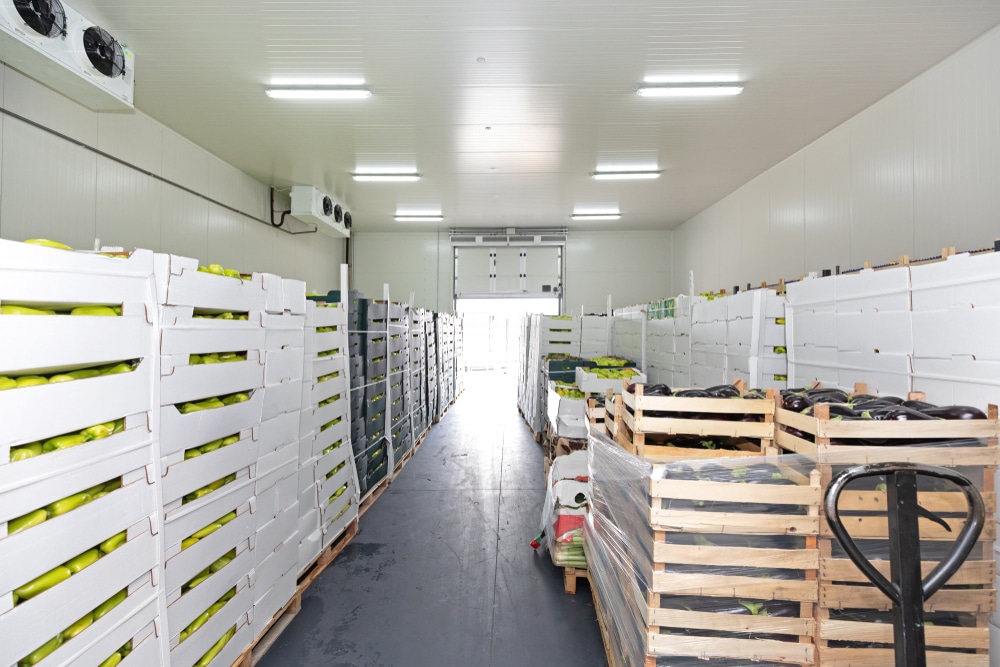
From initial production to getting products directly into consumers’ hands, the supply chain industry has many working arms. When it comes to 3PL warehousing and storage, it’s not just racks and pallets of cartons being housed in a building with four walls and a roof. Many products have very specific storage requirements, especially those considered cold chain items.
What is Cold Chain?
The cold chain involves temperature management of perishable products. Certain environmental requirements must be adhered to in order to maintain the quality and safety of each product stored. Required conditions can range from flash freezing to humidity control. Items typically included in the cold chain category are perishable commodities like:
- Pharmaceuticals and vaccines
- Medical products
- Perishable food and beverages
- Live plants
- Film (from both still photography and videography)
- Wax products
- Artwork
In a warehouse, cold chain responsibilities begin as soon as products arrive at the facility. RFID systems can provide real-time updates whenever an RFID–tagged shipment arrives at the facility. Otherwise, pallets and barcoded labels are scanned. Upon arrival, goods must be checked in, inspected, weighed, labeled, and put away according to assigned storage specifications. Stock rotations are also considered for FIFO (First In First Out), LIFO (Last In First Out), FEFO (First Expiry First Out), or other lot order fulfillment as specified. Then products are available for picking and shipping while still adhering to overall cold chain requirements.
Key Factors to Maintain Cold Chain Storage Compliance
It is important to understand your customers’ cold storage specifications upfront. What products do they want to store and at what temperature? Will the products stored remain the same over time or will new products be introduced into the mix? Will all items have the same cold storage specifications?
Once expectations are established and compliance regulations are defined, regular temperature, humidity, and lighting monitoring begin. Remember that maintaining health, safety, and quality standards are vital, therefore frameworks that offer real-time monitoring, alerts, and historical data (often required by governing or regulatory agencies) are a priority. A top-tier WMS (warehouse management system) software can work with your control systems to provide accurate reporting of current and historical data.
Maintaining your cold chain storage area is also vital to keeping operations running smoothly and eliminating any future problems. Cold storage design, supply, and installation company Stancold UK offers the following expanded list of seven tips to improve cold storage efficiency:
- Keep condenser units clean
- Ensure doors are sealed
- Check evaporator coils regularly
- Keep an eye on walls and ceiling
- Use proper lighting for each type of product
- Continually monitor temperature
- Have an inspection and maintenance schedule
When all systems are operating correctly, monitoring and maintaining your cold storage will ensure items are kept at the proper temperature. If you have questions on how your warehouse management software can help with your cold storage monitoring, contact Logimax today.



